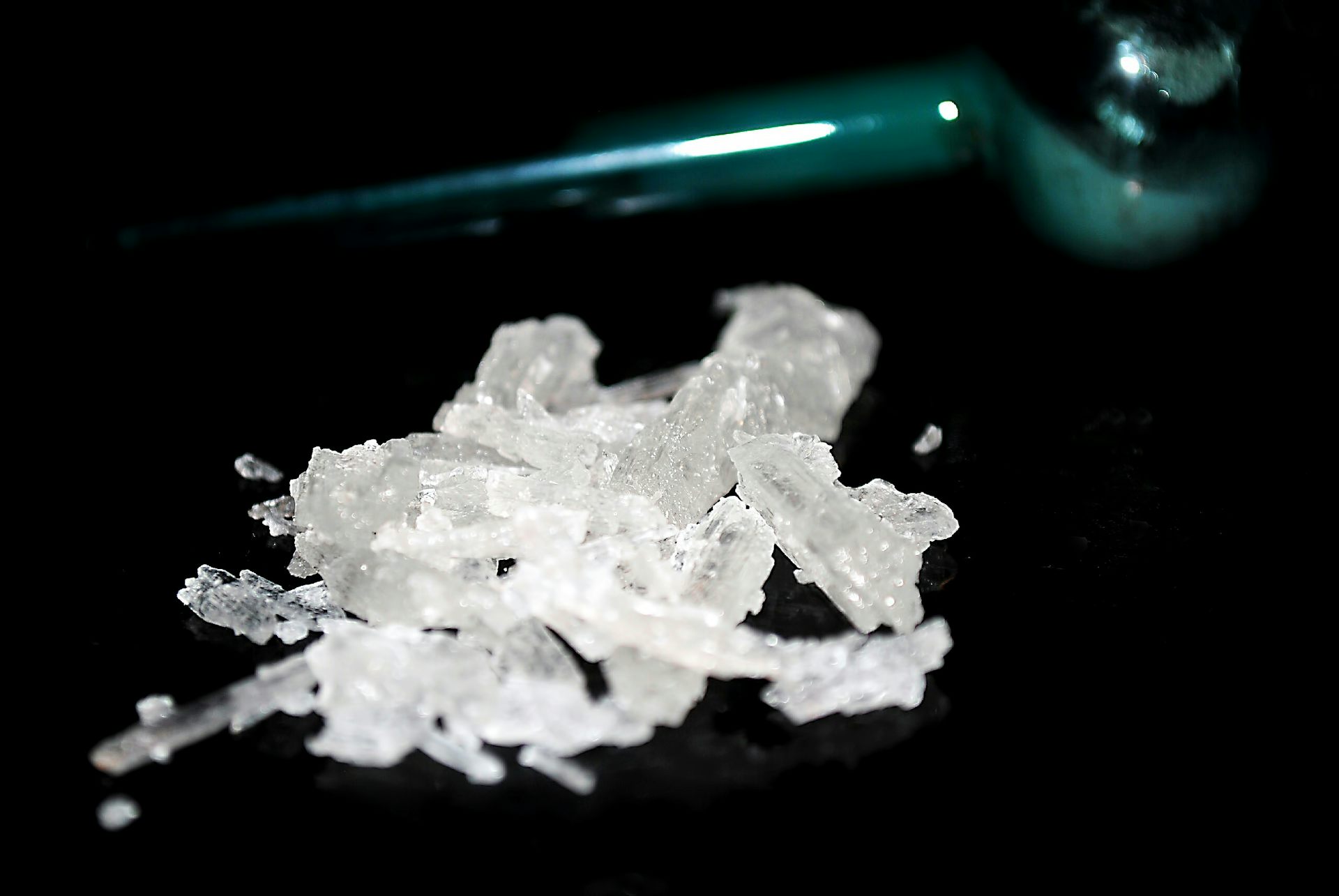

A sticky coating of food and germs known as plaque develops on the teeth over time. They develop as a result of plaque and tartar accumulation on the teeth. What is Calculus Teeth?Ĭalculus teeth are one of the most common dental problems. Regular dental cleanings can also help to prevent the buildup of plaque on teeth. Plaque can be removed from teeth with the use of brushing and flossing. If plaque is not consistently removed, it can lead to gum disease and tooth decay. It is mainly composed of food debris, saliva, and bacteria. Plaque, a clingy bacterial film, forms on teeth. You may also like “ Are Teeth Bones“ More about Plaque Avoiding sugary food and drinks can help reduce the amount of plaque produced.
CALCULUS BRIDGE METH MOUTH PICTURES PROFESSIONAL
Professional dental cleanings can also help remove plaque that is difficult to reach. Plaque removal requires both brushing and flossing. Plaque and calculus contribute to gum disease by irritating the gums and promoting inflammation.

If not removed, plaque can harden into calculus (tartar). It’s made up of food debris, bacteria, and saliva. Our teeth are continually covered in dental plaque, a sticky, white coating. Treating the condition can help prevent further damage and the need for more invasive treatments. This includes brushing and flossing regularly, avoiding sugary and starchy foods, and visiting the dentist at least twice a year for professional cleaning. If a calculus bridge is discovered during a dental checkup, it is important to take preventive measures. In more severe cases, calculus bridges can also cause pain and discomfort. The deposits can trap food particles and bacteria, contributing to the development of cavities and gum infections. In addition to the difficulty of removing the bridge, the presence of a calculus bridge can also increase the risk of gum disease and tooth decay. In some cases, professional cleaning may be required to remove the bridge. The resulting bridge of tartar can be difficult to remove, as it is firmly attached to the teeth. This bridge of deposits can be formed due to poor oral hygiene, inadequate brushing and flossing, or food that is high in sugar and starch. A calculus bridge is a condition that occurs when tartar deposits build up on the teeth, creating a bridge between two adjacent teeth.


 0 kommentar(er)
0 kommentar(er)
